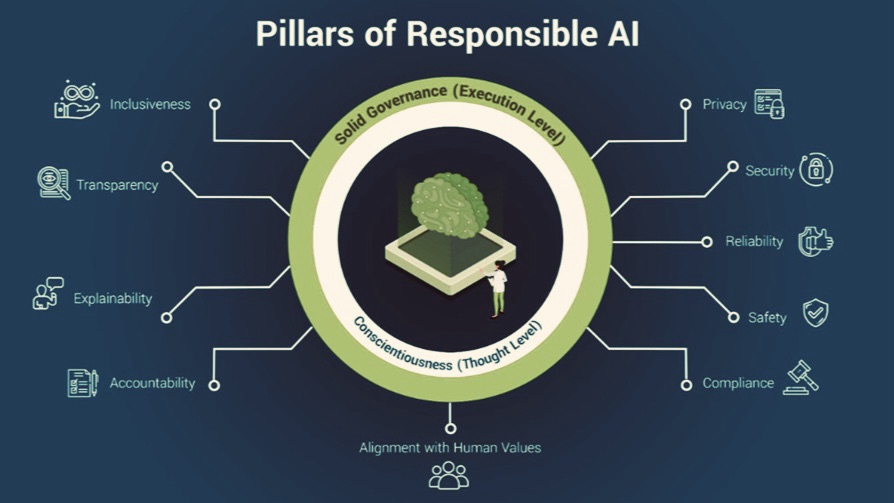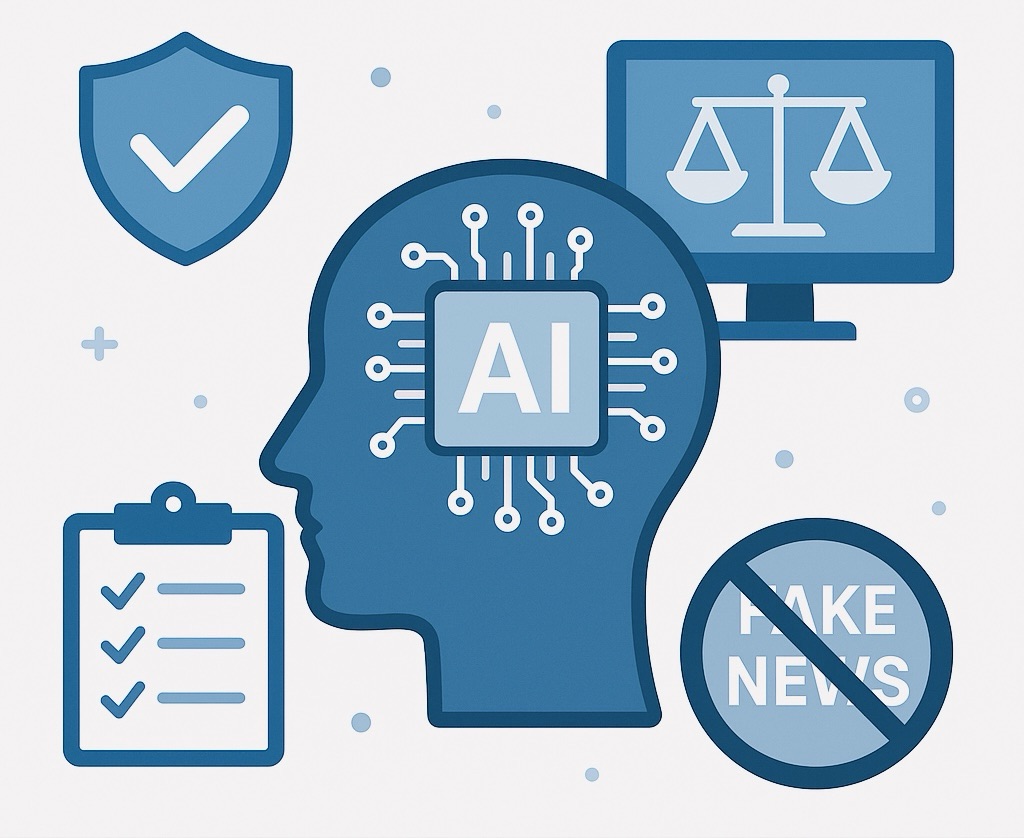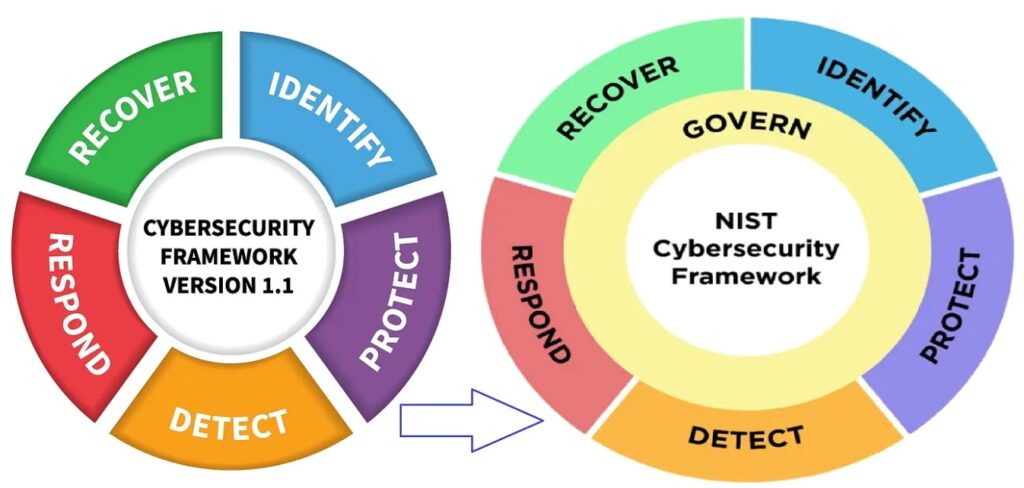
Image: AI and cybersecurity working together to protect digital infrastructure.
Meta Description: Explore the intersection of cybersecurity and AI governance, key challenges, best practices, and future trends. Learn how AI is reshaping digital security policies. (160 chars)
Introduction: The Rising Importance of AI in Cybersecurity
Did you know that 74% of businesses have faced AI-driven cyberattacks in the past year? As artificial intelligence (AI) becomes more integrated into cybersecurity, governance frameworks must evolve to keep up. This article explores the critical relationship between cybersecurity and AI governance, offering actionable insights for businesses and policymakers.
Why Cybersecurity and AI Governance Matter
AI is transforming cybersecurity—both as a tool for defense and a weapon for attackers. Without proper governance, AI systems can introduce new vulnerabilities. Key concerns include:
- Autonomous cyberattacks: AI-powered malware adapts in real-time.
- Bias in threat detection: Poorly trained AI may overlook risks.
- Regulatory gaps: Many laws don’t address AI-driven threats.

Key Challenges in AI-Driven Cybersecurity
1. Evolving Threat Landscape
Cybercriminals now use AI to automate phishing, bypass CAPTCHAs, and mimic human behavior. Traditional security measures struggle to keep pace.
2. Lack of AI-Specific Regulations
Most cybersecurity laws were written before AI became mainstream. Governments must update policies to include AI accountability.
3. Ethical Concerns and Bias
AI models trained on biased data may discriminate when flagging threats, leading to false positives or overlooked attacks.
Best Practices for AI Cybersecurity Governance
To mitigate risks, organizations should adopt these strategies:
- Implement Explainable AI (XAI): Ensure AI decisions are transparent.
- Adopt Zero Trust Architecture: Verify every access request, even from AI systems.
- Regular Audits: Continuously assess AI models for vulnerabilities.

Case Study: How AI Stopped a Major Data Breach
In 2023, a Fortune 500 company used AI-driven anomaly detection to identify and block a ransomware attack in under 30 seconds. This highlights AI’s potential when governed correctly.
Future Trends in AI and Cybersecurity
Experts predict:
- AI-powered regulatory compliance tools will automate policy enforcement.
- Quantum-resistant AI encryption will become standard.
- Global AI cybersecurity treaties may emerge.
FAQ: Cybersecurity and AI Governance
1. How does AI improve cybersecurity?
AI enhances threat detection, automates responses, and predicts attacks before they happen.
2. What are the risks of ungoverned AI in cybersecurity?
Unchecked AI can introduce biases, create new attack vectors, and operate without accountability.
3. Which industries need AI governance the most?
Finance, healthcare, and critical infrastructure are top priorities due to sensitive data.
Conclusion: Balancing Innovation and Security
AI is revolutionizing cybersecurity, but without governance, it poses significant risks. By adopting best practices, businesses can harness AI’s power while minimizing threats. What’s your biggest cybersecurity challenge? Share your thoughts below!
Related Articles: The Ethics of AI in Business | Implementing Zero Trust Security
Sources: NIST Cybersecurity Framework | WEF AI Governance Report
